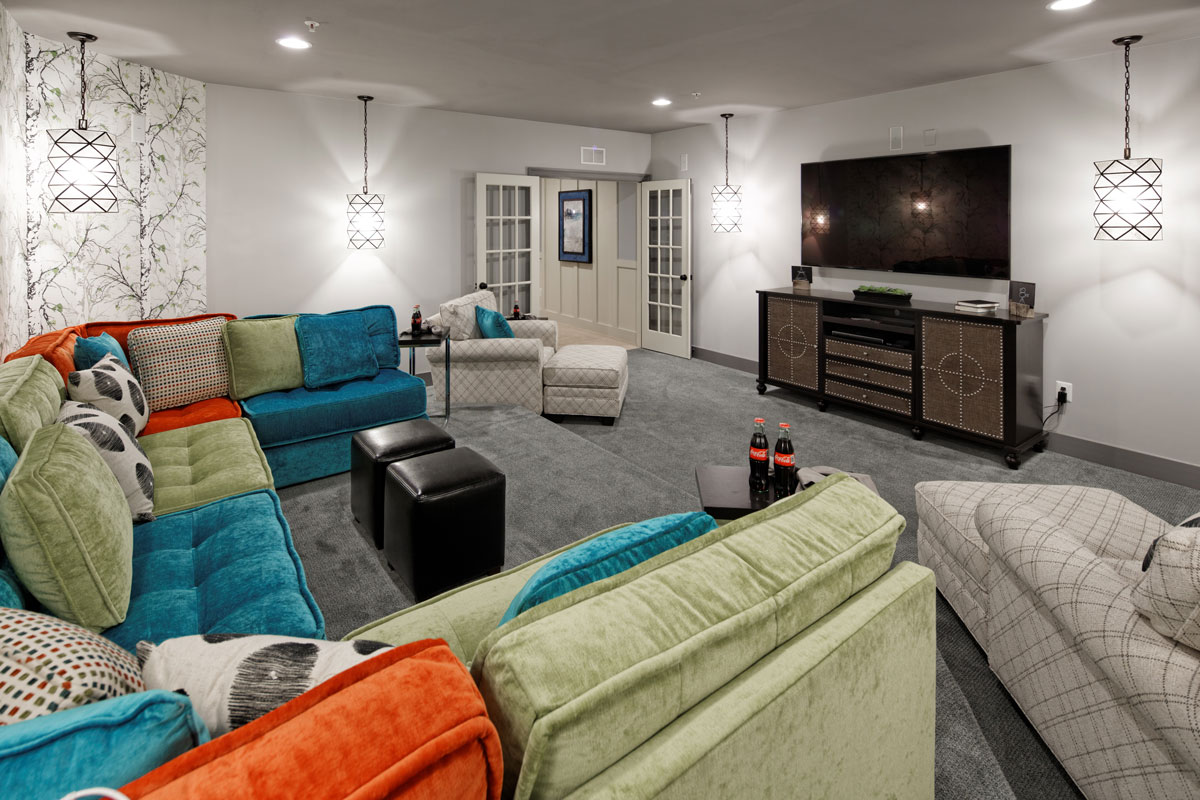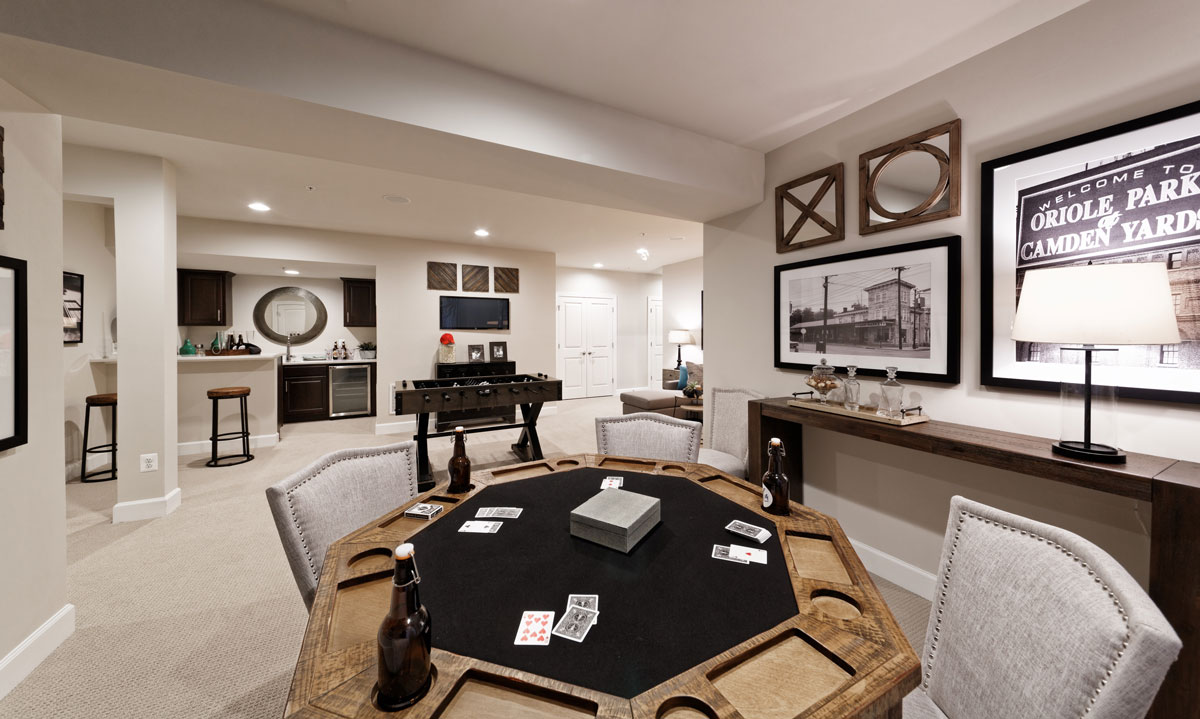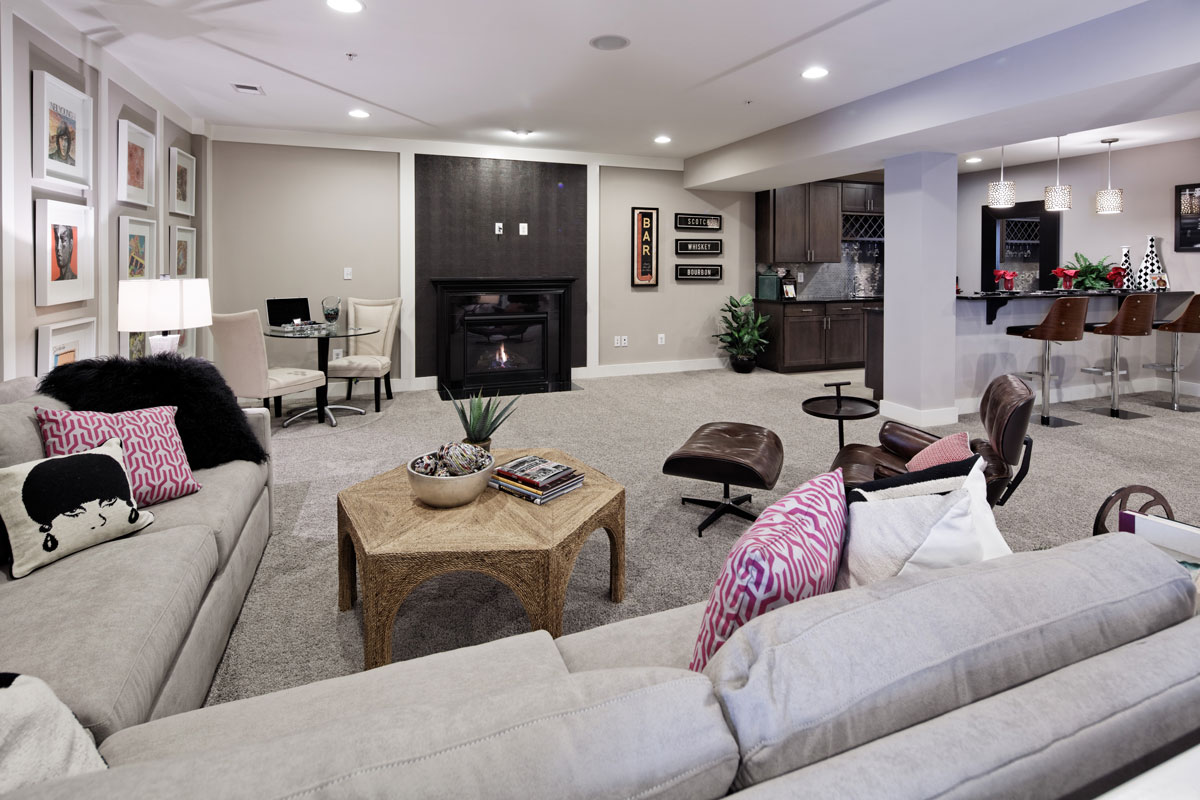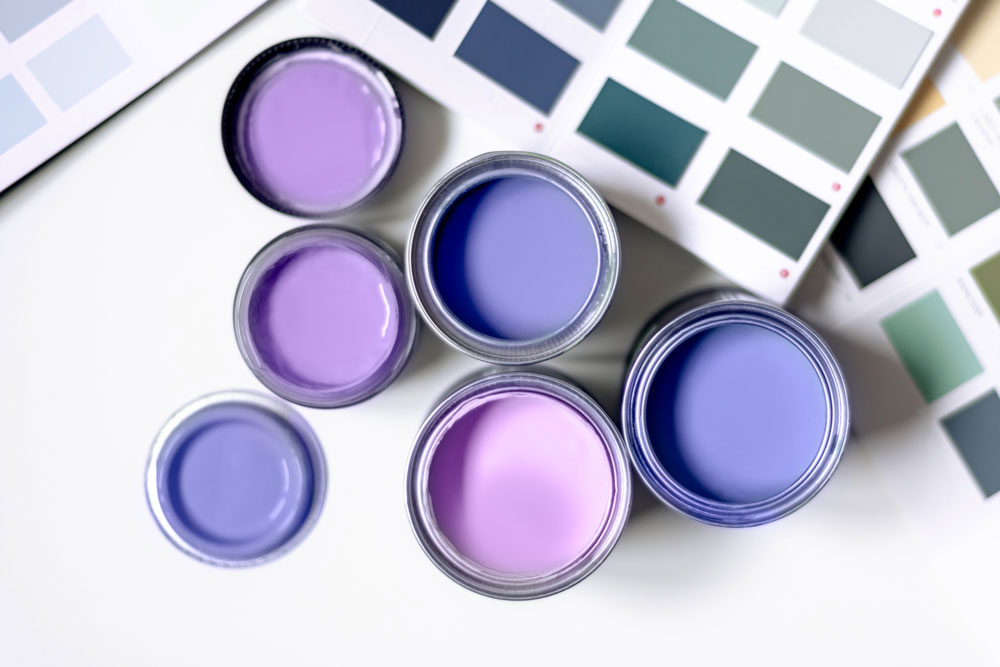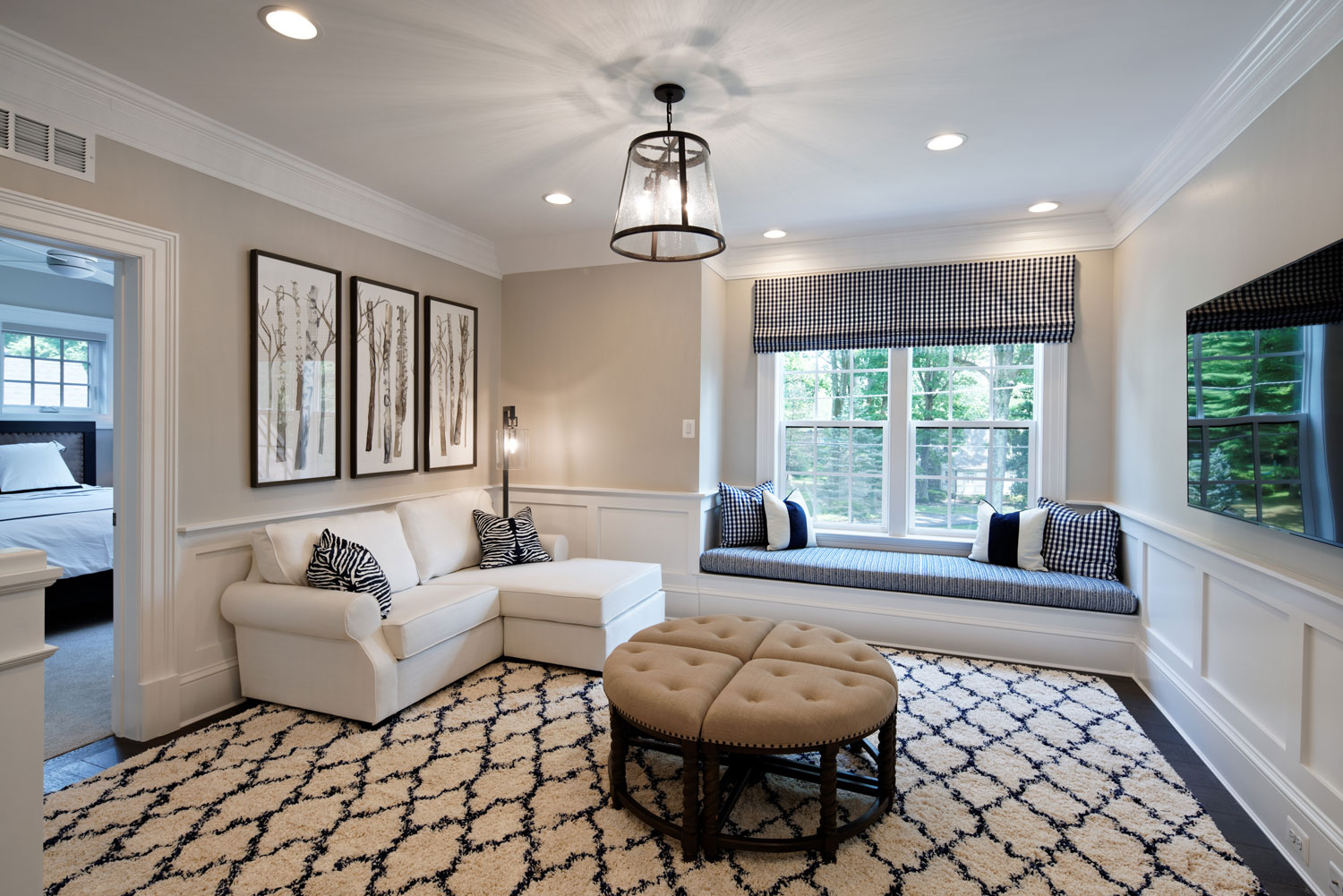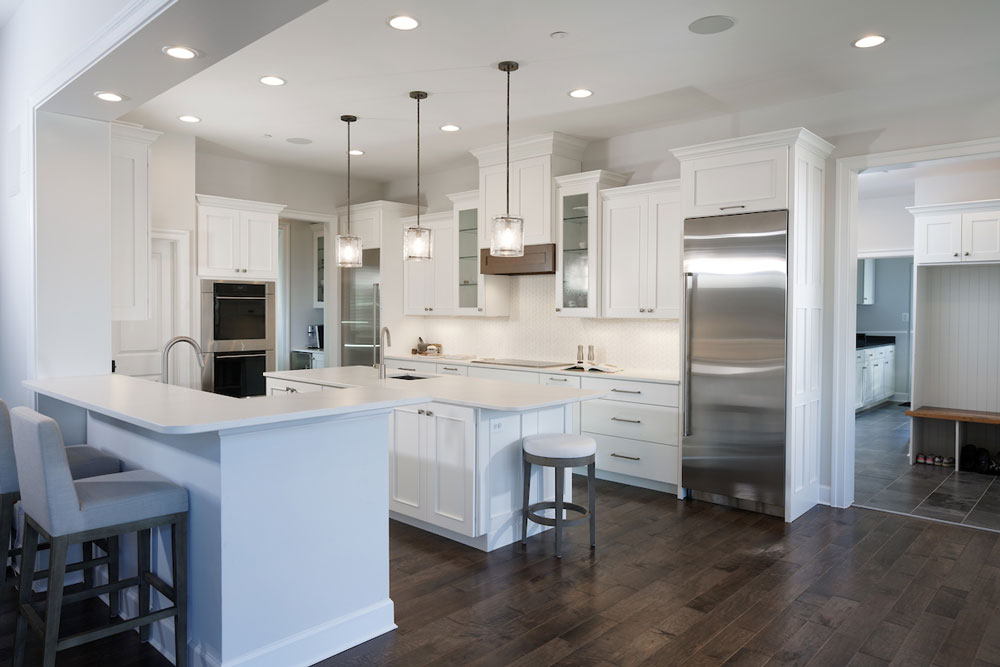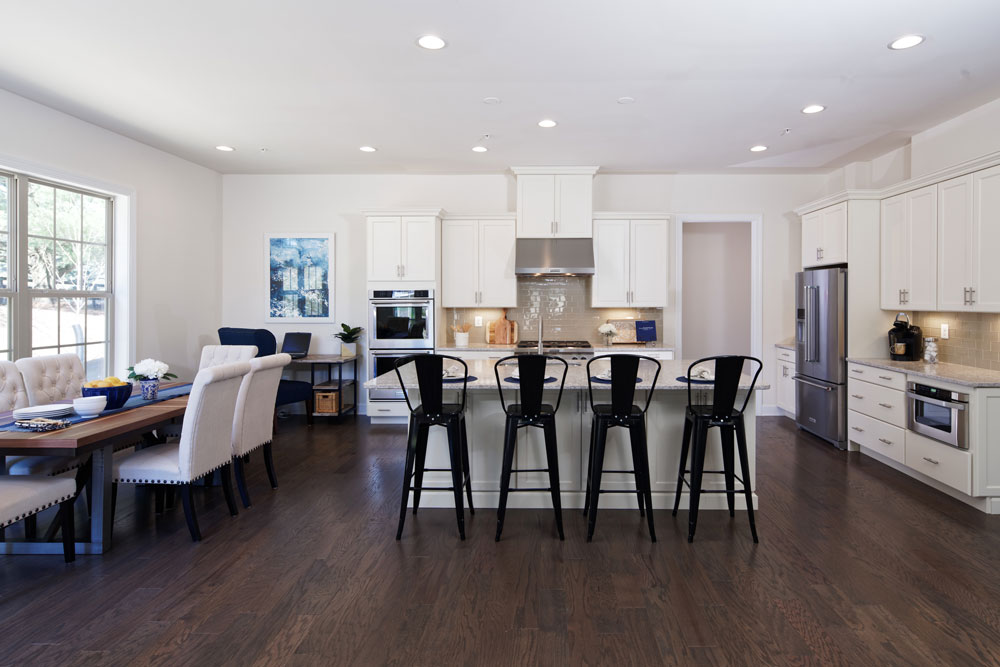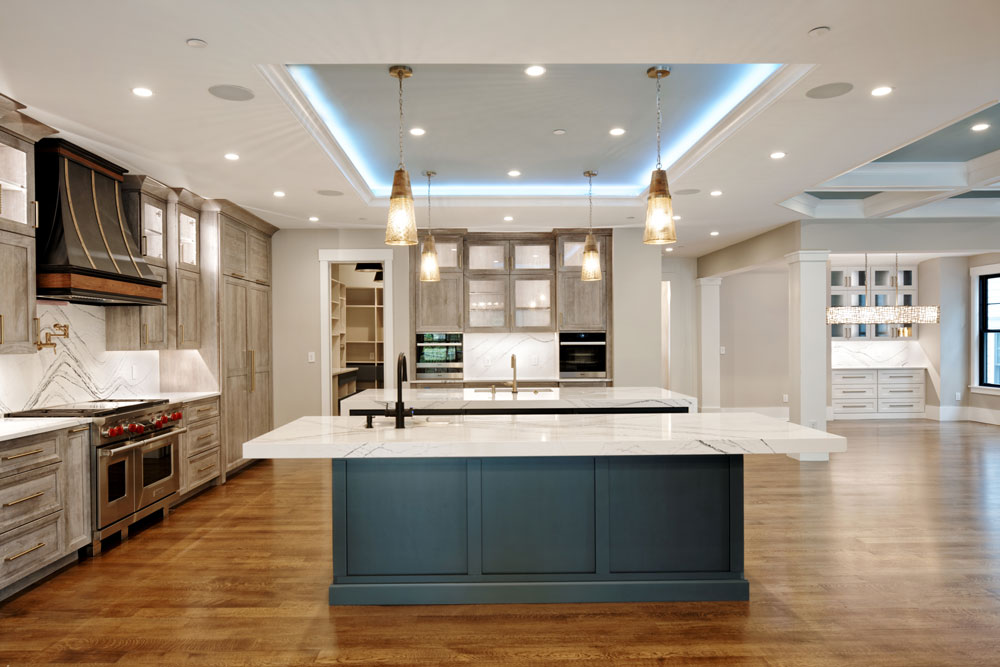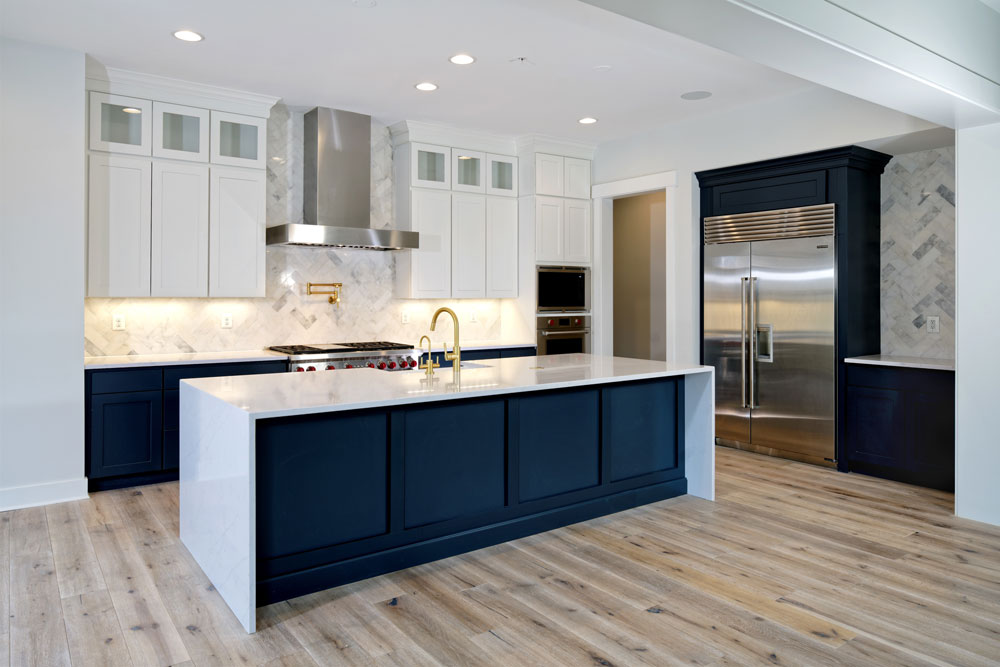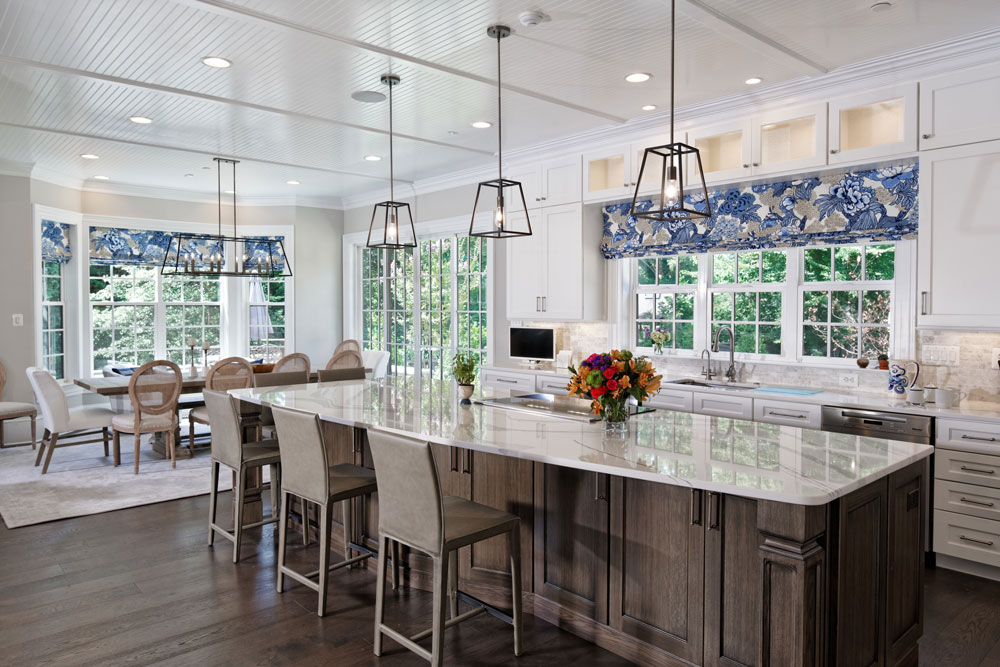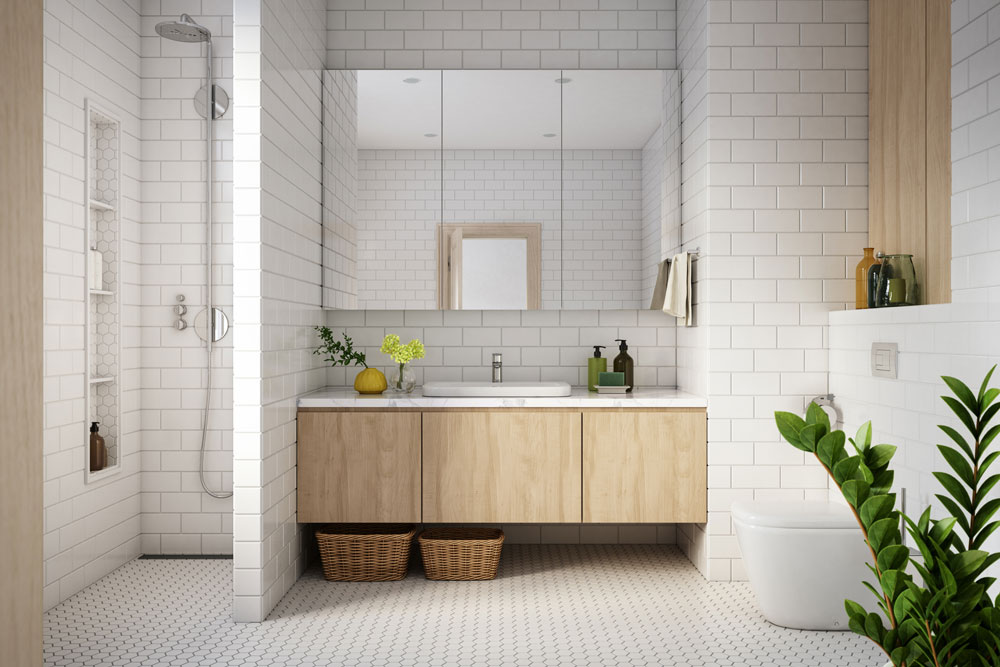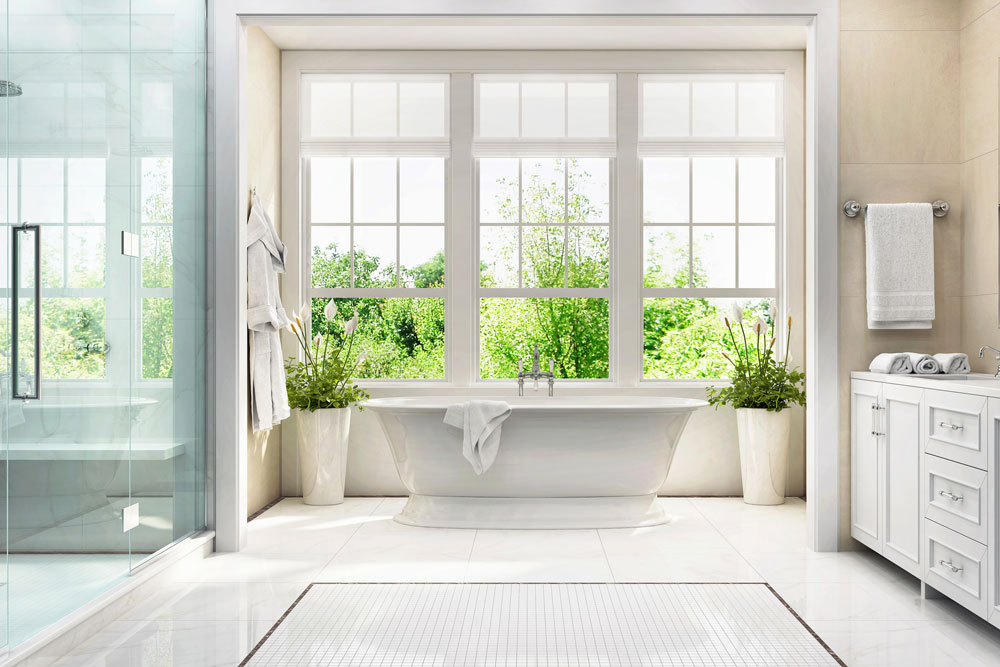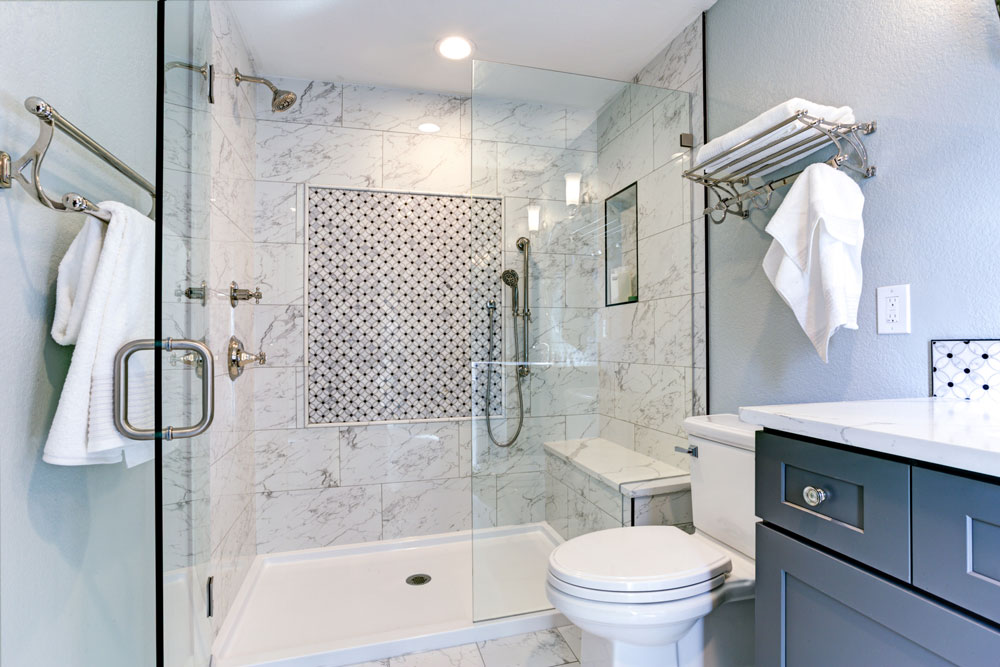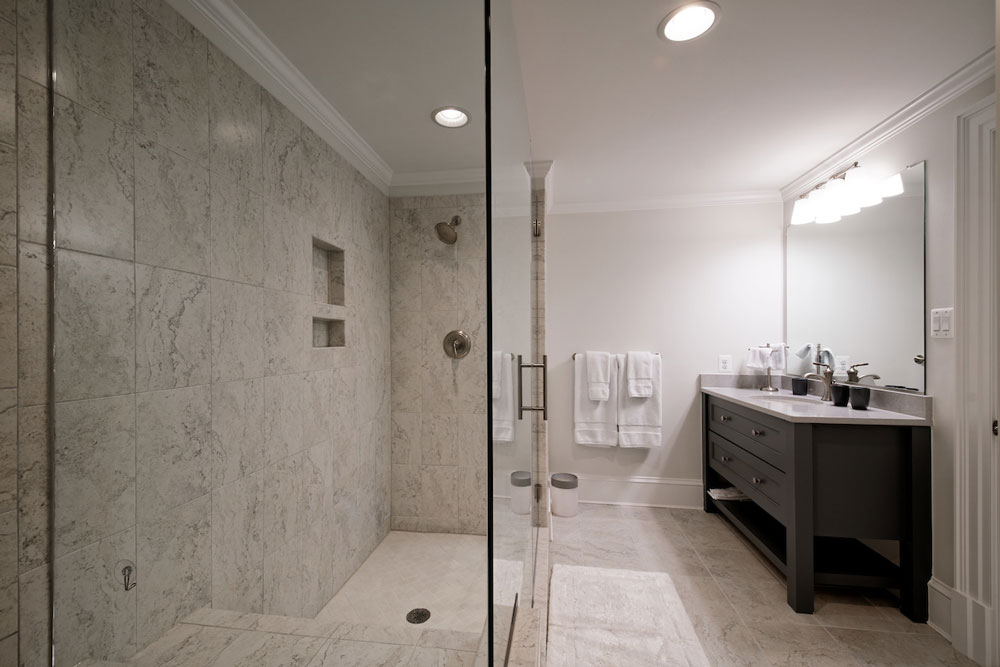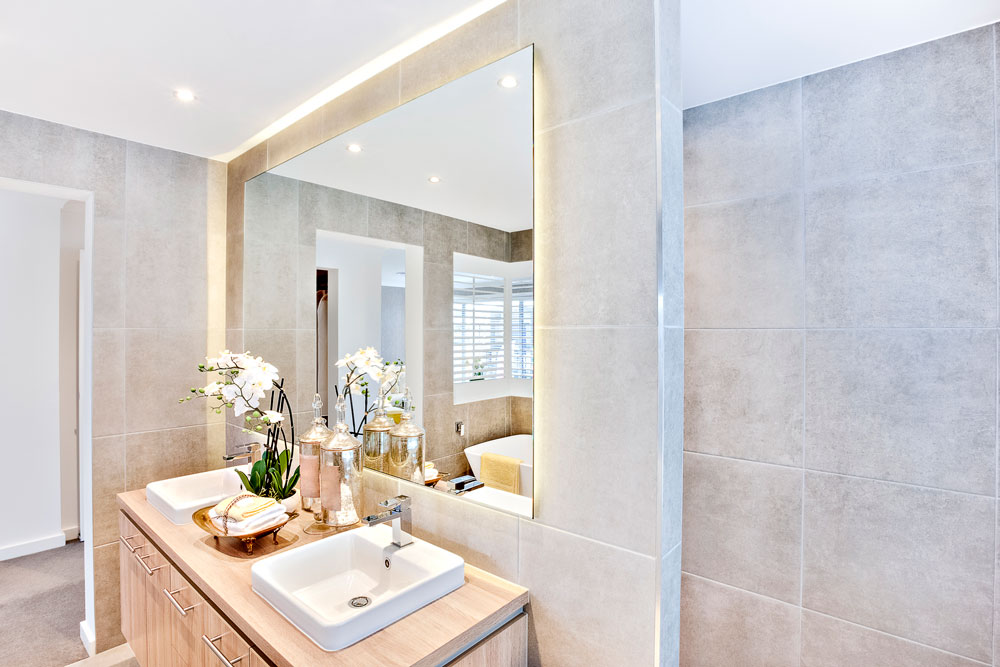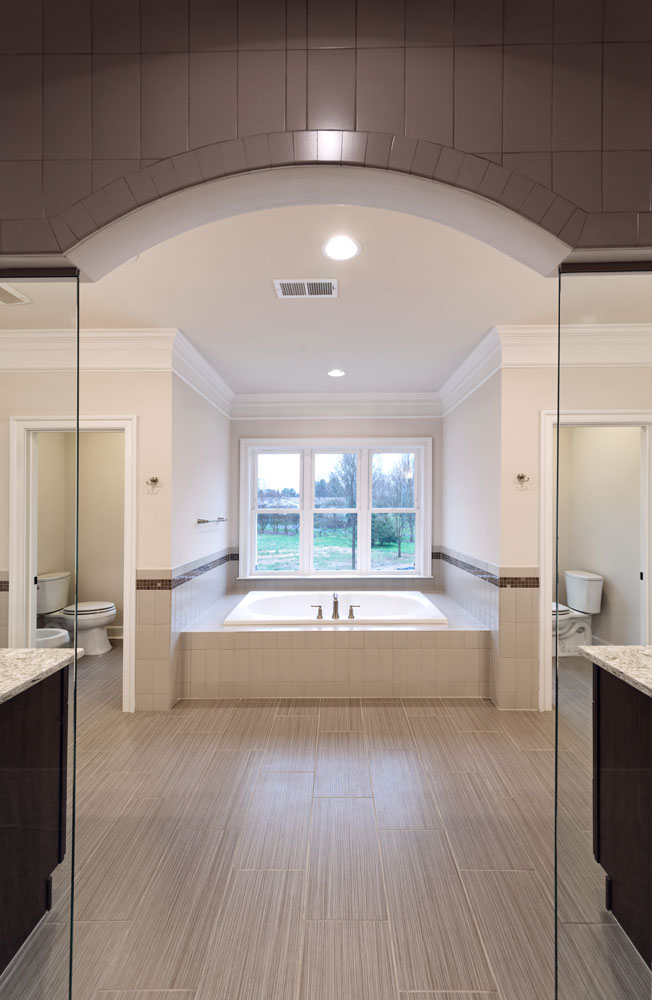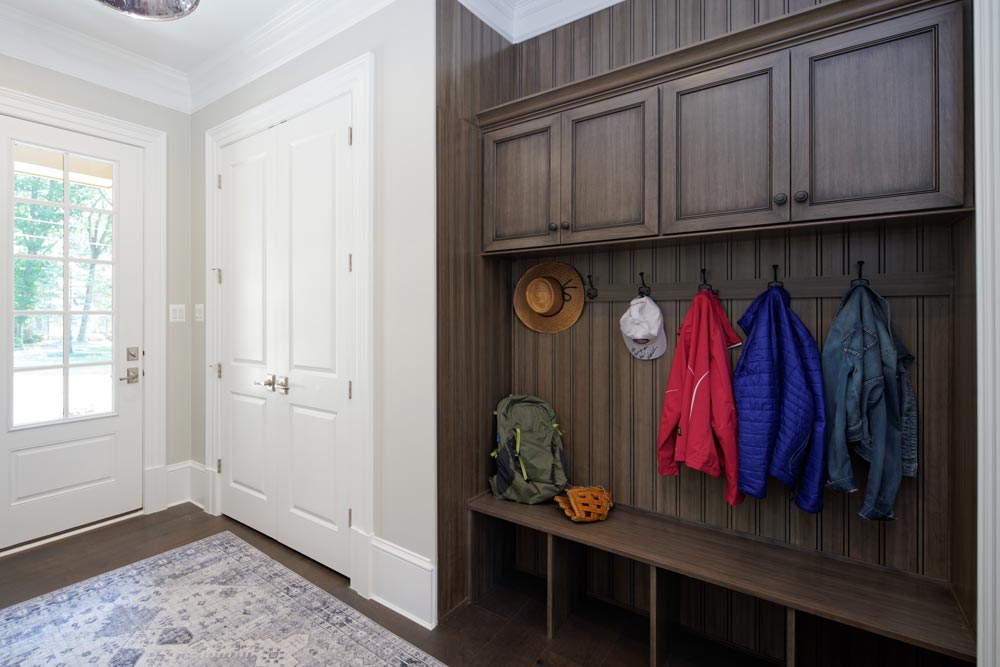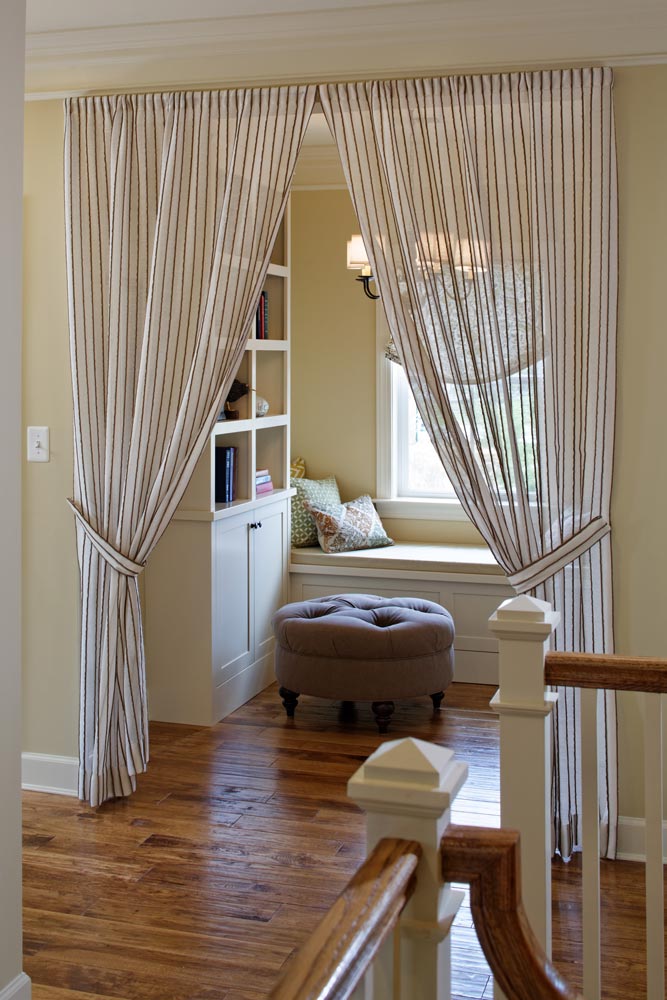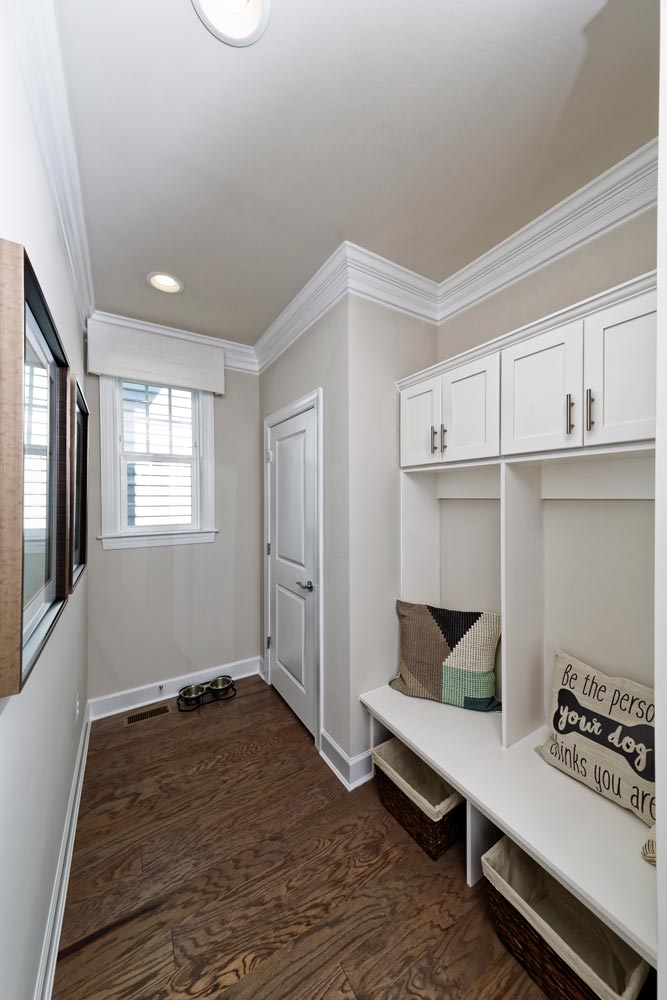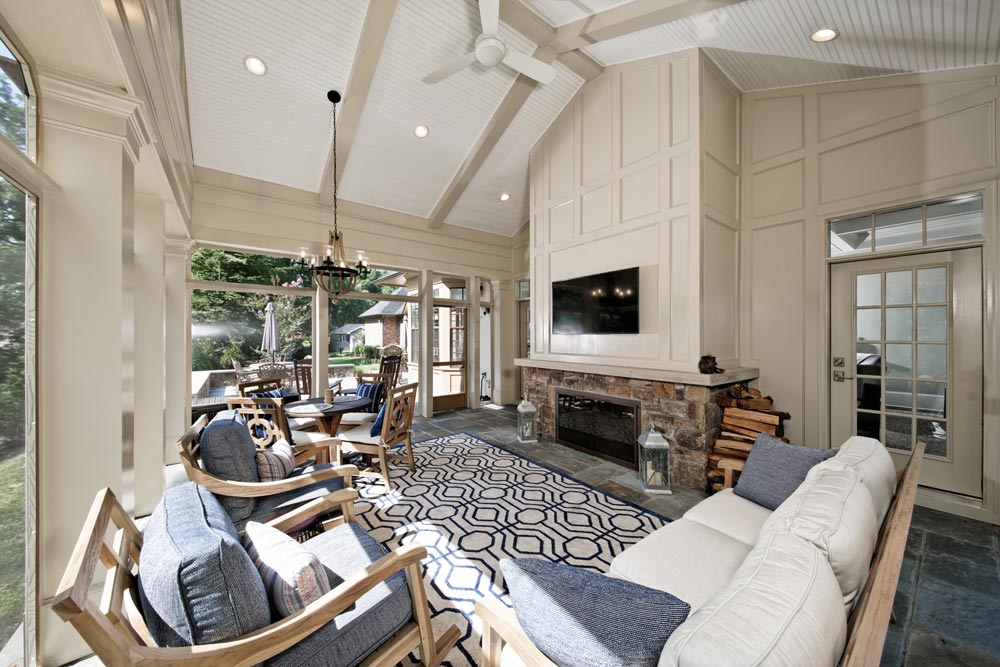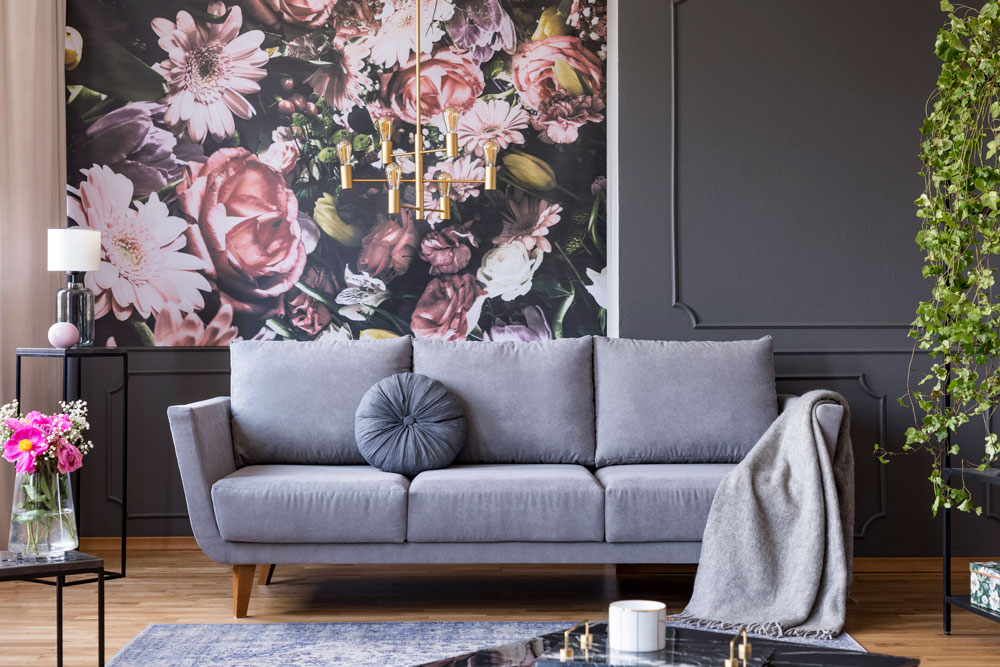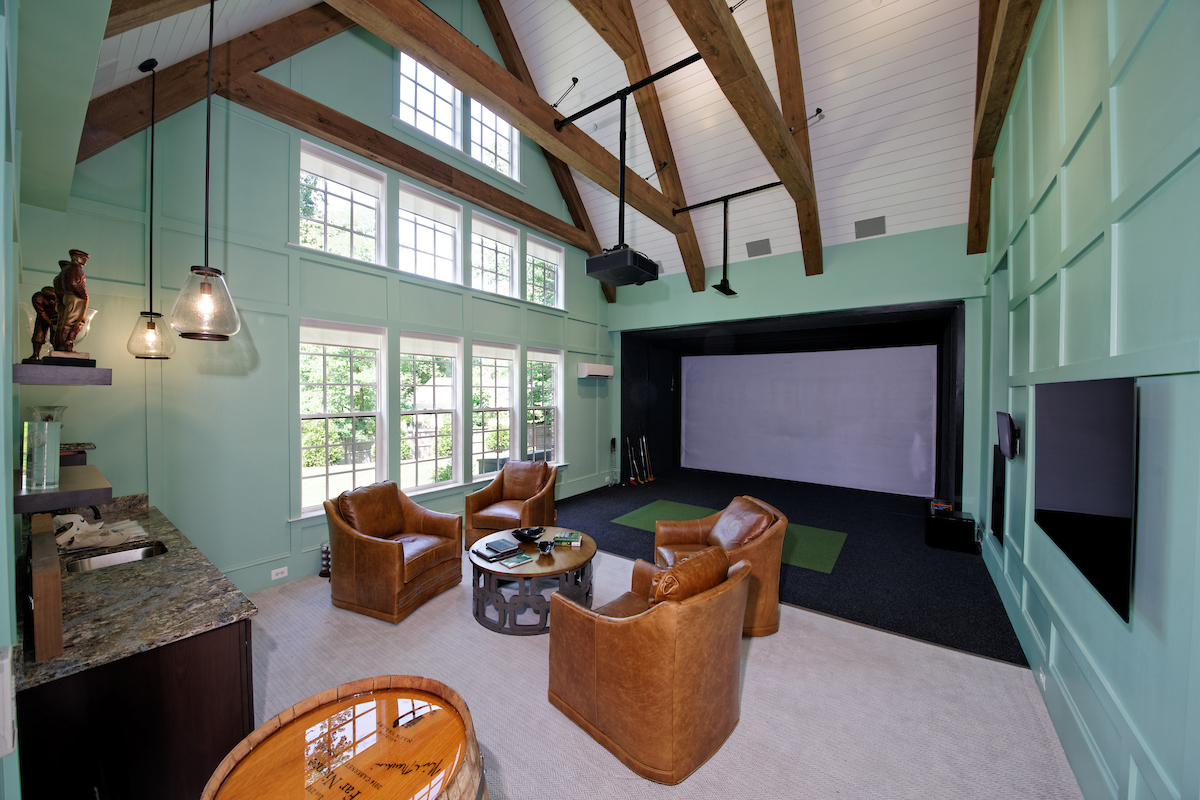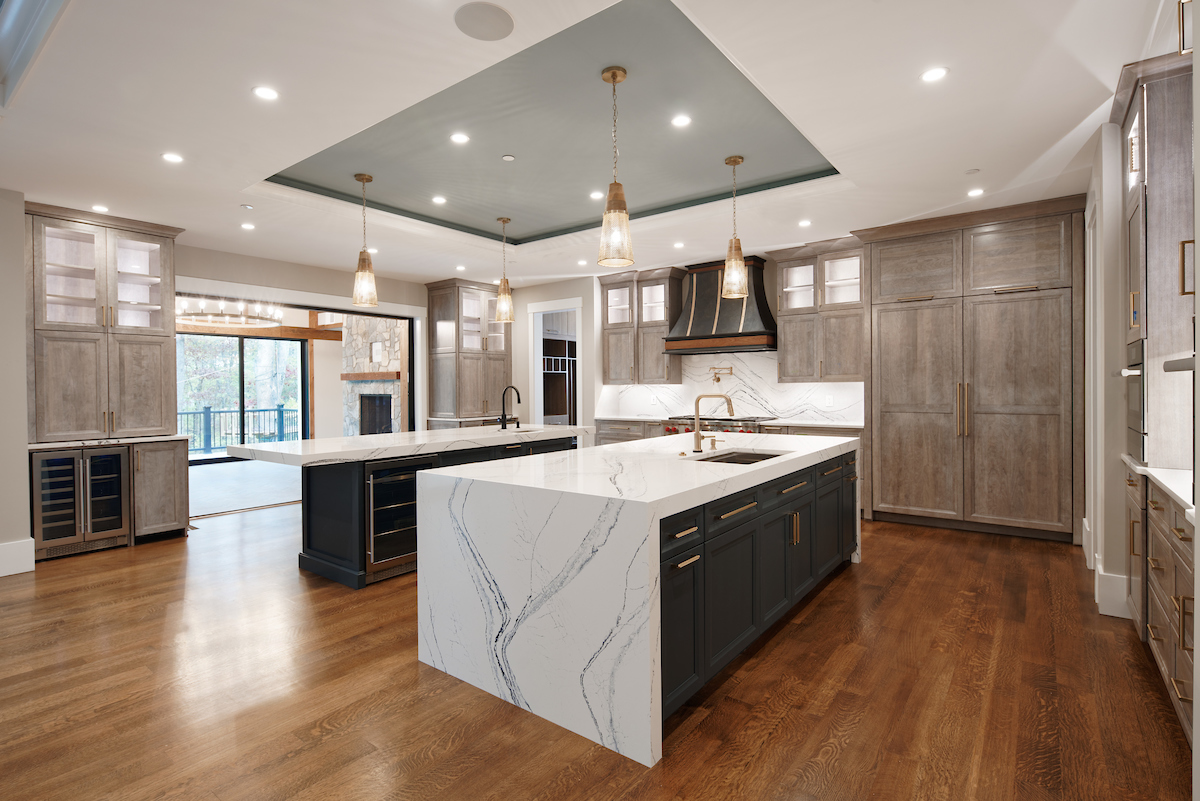July 30, 2021
We not only love getting away to the next idyllic vacation – We are eager to get there. From the exceptional living spaces to the breathtaking designs to every life-enhancing and relaxing amenity, we can’t help but feel a sense of sadness when it’s time to head home. But who’s to say we can’t enjoy these very luxuries in the place we spend most of our time?
It may seem daunting to incorporate every detail, design and feature we love from hospitality into our very own residences, but what if we told you these two industries intersect more than you think?
To shed some light on the influence of hospitality in residential design trends, we turned to three professional interior designers for a one-on-one Q&A session where they offer their expert guidance and more.
Who did we talk to?
- Jessica Steeves is the Senior Vice President for the Mid-Atlantic Division at Builders Design, an award-winning, full service interior design firm with 40+ years of industry experience.
- Amy Peltier is a member of the American Society of Interior Designs and is the founder/owner of Peltier Interiors with services spanning across the country from Southern California to the Maryland, Virginia and Washington, D.C. area.
- Kate McCloskey is the Sales and Marketing Director for the Builder Division at Interior Concepts Incorporated. Her previous work for Marriott Hotels gives her a unique perspective of the shared trends in these two industries. We were fortunate to have their Senior Designer Betsy Caulk join us and share some of her insight as well.
The full Q&A:
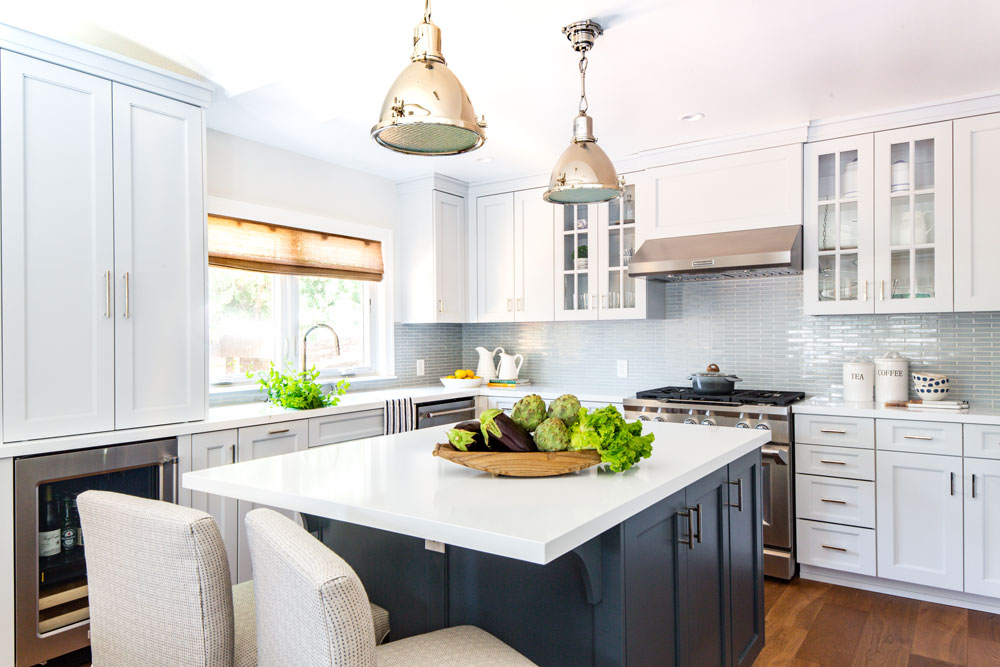
Peltier Interiors | Photographer Credit: Marisa Vitale @marisavitalephoto
Is residential home design influenced by the hotel/restaurant/hospitality industry?
Jessica Steeves: We are absolutely seeing a blending effect of this industry in residential design. It’s clear that homebuyers are looking for the “retreat” experience at home.
Amy Peltier: Yes, there is definitely a crossover between the two. I think a lot of retailers and manufacturers have product lines that can be used in hospitality as well as residential.
Kate McCloskey: I’ve seen the trends between the two industries stay hand-in-hand with each other. For example, technology is becoming more prevalent with smart homes and smart hotel rooms. It’s important to consider that a lot of times, hotels can’t be as nimble as a custom home builder because they have to come up with plans and get approvals that likely won’t happen as quickly as it would in the home builder market.
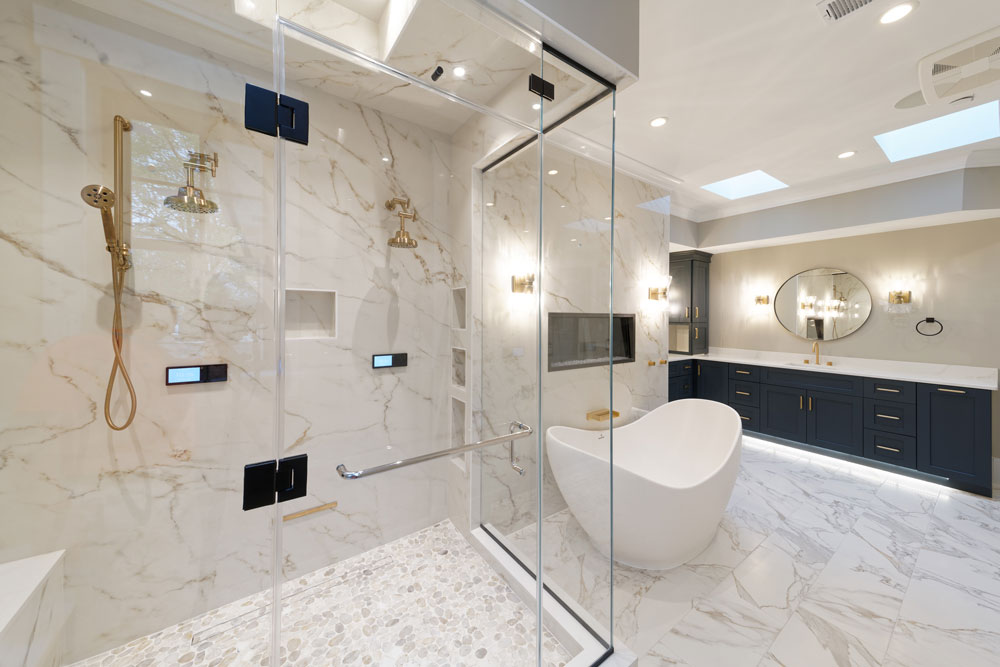
Mitchell & Best Next Door custom home.
Which space in the home is most heavily influenced by hospitality trends?
Jessica Steeves: It’s all about creating a space to escape and the owner’s suite bath is the perfect place to do this. We’re seeing hospitality elements enter this space of the home as owners’ are looking for a spa-like retreat. From large showers with multiple shower heads to an additional tub and beautiful statement finishes like quartz slab, there are many ways to create that wow moment within your owner’s bath.
Amy Peltier: We’re seeing a lot of hospitality features in residential kitchen design. As the most used room in the home, it’s all about including durable products with hard wearing surfaces. A few examples of this are the rise of commercial ranges being added and taking the backsplash tile all the way to the ceiling for ultimate cleanability.
Kate McCloskey: People are loving the feel of a spa-like bathroom, similar to what they’d see at a high-end resort, and it’s one of their favorite features to incorporate into their owner’s suite. There’s also an opportunity for drama in the home. Features like a two-story foyer or a grand great room where the homeowner has probably seen a fabulous light fixture or piece of art that they’d love to scale down and fit into their own home.
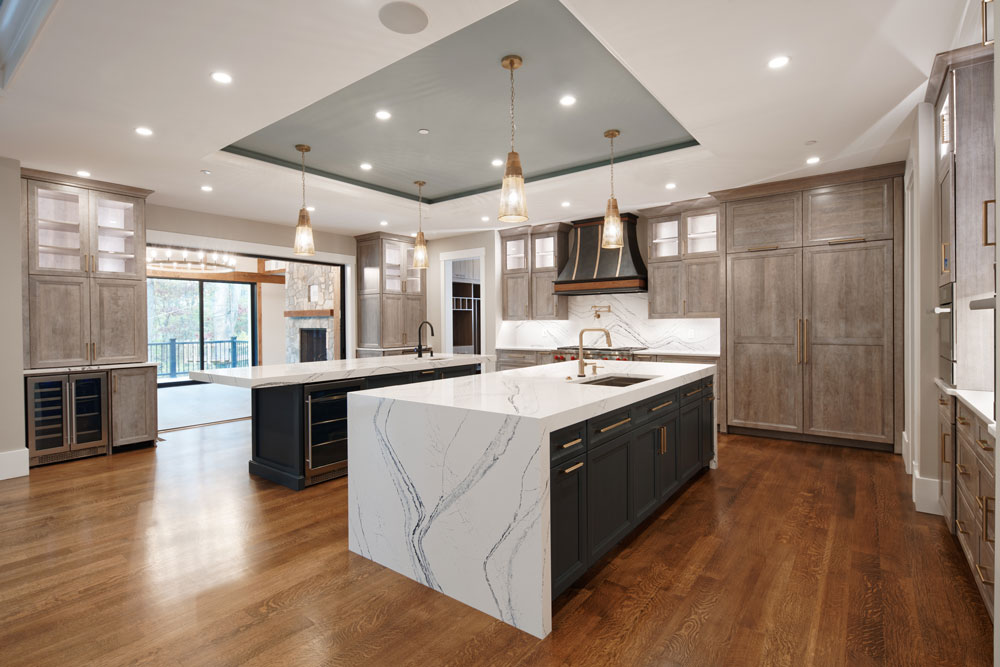
Mitchell & Best Next Door custom home.
What feature and/or design do you believe works best in both hospitality and residential design?
Jessica Steeves: The design of the bedroom as a retreat is driven by hospitality. We’re seeing more fireplaces and private sitting rooms added to the owner’s suite with elements of luxury stretching into the bathroom. People are also opting to include a coffee or dry bar in their owner’s suite which is definitely something we have seen throughout the hospitality world. By adding in those features and details that help create a relaxing sanctuary, this space can include designs that work very well in both industries.
Amy Peltier: The center island with a waterfall countertop immediately comes to mind. This design element is seen throughout both hospitality and residential spaces.
Kate McCloskey: I think it depends on the geographical location of the resort, as this will influence the design. If someone escapes the winter and stays at a coastal resort, you’ll have a huge coastal influence. If it’s a high-end niche hotel in a modern urban location like D.C. or New York, you’ll see a more penthouse type of design. Whichever style you’re seeing the most of, is likely what you’ll gravitate towards and want to bring home with you.
Interior Concepts Incorporated
What about colors and lighting in the home? Do these elements correlate with hospitality trends influencing residential design?
Jessica Steeves: Hospitality is more focused on texture and finishes with accessories that can easily be refreshed. Because the spaces will be there longer, the life-span of the color trend in a hospitality space is a little different than residential. Within a home, you have more opportunities for more playful or bold colors.
However, there is a major hospitality influence when it comes to lighting in the home. The biggest carry over is low ambient lighting that you would typically think of in a commercial space, giving an interesting and elevated ambient setting to the space in your home.
Amy Peltier: I think you can be more bold in hospitality, especially in a beautiful hotel or restaurant, as those spaces tend to be more daring and unconventional because they are supposed to impress those who visit. We might see it, love it, and want it, but when push comes to shove, we become a little more conservative in our selections. The pops of color against a neutral background is a popular trend derived from hospitality, although we could see this shift to a more neutral and warm space down the road. Similar to the light fixtures, while this statement element can make or break your home, we might see more simplistic, subtle fixtures enter the residential design.
Kate McCloskey: There is a color psychology that almost every designer understands, which is likely why there is a lot of similarity between the hospitality industry and successful residential interior design in terms of color. We’re seeing lots of outdoor colors being brought in, like the blues and greens, as this promotes a calmness throughout. It’s all about creating a haven in the home.
Hospitality takes the lead in the importance of lighting, especially in transitional spaces. You want every space to feel warm and welcoming (think hotel lobbies and your walk to the elevator, etc.) and right now we’re seeing much more natural light in unexpected ways in both industries. Hospitality has the opportunity to include these fabulous fixtures and details, but scaled back in a way that allows it to be something truly special in the home.
Interior Concepts Incorporated
What are your thoughts on outdoor spaces being influenced by hospitality trends?
Jessica Steeves: We should think of this space as an extension of the home’s square footage. This idea speaks to the hospitality industry because it’s where we find most of the really cool outdoor experiences. Homeowners are looking to create an oasis with connectivity to the outdoor area where family and friends can gather comfortably.
Amy Peltier: I would say the outdoors is influenced by hospitality a lot more than any other space. It’s important to focus on durable pieces that work really hard against the outside elements. It’s fair to say the quality and productive standpoint of these elements derive from commercial and/or hospitality spaces. If I were designing an outdoor space for a client, I would probably look at beautiful hotel resorts for inspiration.
Kate McCloskey: People are craving some private outdoor spaces and it’s all about finding creative ways to accomplish this. We’ve all made major strides in outdoor living design as of late, but I think the influences of hospitality design is most glaring in the planned community designs. It’s common for these communities to have more than one swimming pool, fire pit, etc. which allows for more privacy and separation, similar to outdoor spaces at a resort.
As a homeowner, you want to take advantage of every inch of space that allows you to capture any kind of function or comfort. Doing so will benefit your well-being and encourage you to step away from the desk that you’ve probably been sitting at for most of the day.

Mitchell & Best Next door model with transition lighting that surprises.
What specific hospitality feature do you believe would improve the overall well-being of a homeowner if they included it in their home? How can they make sure it’s done right?
Jessica Steeves: Less is more. Smart organization is a striking feature in hospitality design that we all admire whether we know it or not. Luxury hotels feel simple and clean which results in less stress usually. Think about your daily life and what hospitality feature resonated with you the most. It can be overwhelming if you think about including everything that caught your eye. Is it the spa-like experience in the bathroom, connecting with friends outdoors, the technical conveniences or innovative furniture? The key is to focus on the pieces that specifically work well with you and avoid heavy layers or multiple textures for a more refined look.
Amy Peltier: Layered lighting everywhere and at every angle. Lighting is essential for your mood and if homeowners can bring this feature in, that would be great for their overall mindset. Incorporating sconces, chandeliers, statement fixtures, and even recessed lighting in one space can sound like overkill, but the key is to control how much or how little each light source can produce in order to make a space feel complete. There’s actually a whole profession dedicated to the technical aspect of setting the appropriate lighting and they are there for a reason. If I were to incorporate this in my home, I would bring an outside specialist in – it’s that important.
Kate McCloskey: Smart home technology is making its way into hospitality and this will add to a homeowners overall comfort and ease while promoting their well-being.
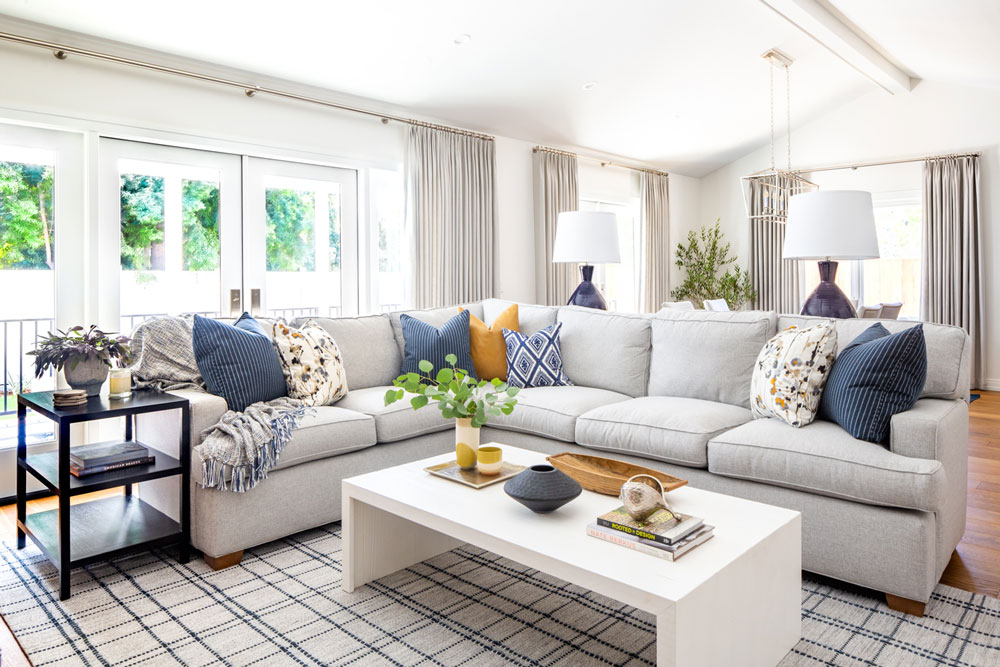
Peltier Interiors | Photographer Credit: Marisa Vitale @marisavitalephoto
Would you say the hospitality industry has pushed the boundaries of interior residential design?
Jessica Steeves: It’s definitely pushed residential design out of its comfort zone or at least altered our ideas of a “typical design.” Aesthetically, this is an interesting evolution as we begin thinking outside the box and looking to incorporate more of those luxury amenities in the home. It’s all about creating a space with the same designs and features they fell in love with on past vacations. The pandemic and being stuck at home has probably pushed these trends even further in this direction, and we’re now noticing a glaring combination of the two industries blending.
Amy Peltier: I think as people travel more and expand their horizons outside of their own space, they will be exposed to different tastes and designs which will absolutely inspire interior residential designs.
Kate McCloskey: Green building and sustainable features started as a way for hotels to manage their operating costs while being environmentally friendly, but it’s also a trend that people now want in their home. Features like motion sensor faucets and water-restrictor shower heads are making their way into residential design.

Is it fair to say homeowners find their interior design inspiration while on vacation or business travel?
Jessica Steeves: Absolutely. Staying in an environment other than your own can open you up to new possibilities that allow you to enjoy the experience of everyday luxury. We find the features that we really enjoyed on a vacation and that becomes a huge driver or influence in what we’d like to have in our home, and get more of that everyday luxury experience.
Amy Peltier: Yes, definitely. It actually happens to me often when working with clients. It’s not only a certain design, it’s sometimes the brands of materials or appliances they’re looking to include in their space. There’s also a lot of technology that people gather from their travels from nightstands with outlets to closing the window treatments with a push of a button. People like the modern luxury of a high-end hotel room, and they want their bedroom to feel just like that.
Kate McCloskey: Actually, I think most inspiration comes from sources like HGTV, Pinterest, etc. We have very savvy home buyers because of what we have in our hands. The ability to find all the latest trends on our phones, having a whole cable network that shows new home designs and DIY projects with out of the box inspiration, gets homeowners excited and dreaming about their space rather than what they find at a hotel.
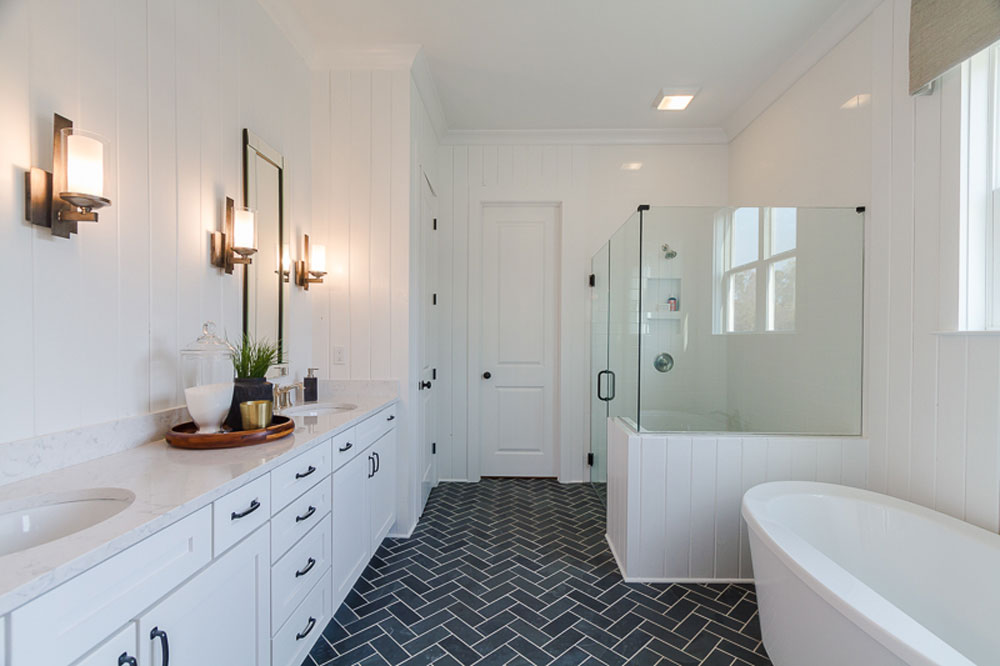
Builders Design
So, how does hotel design have a place in the home?
Less is more, and that appears to be more true today than ever before. We are drawn to the clean, simple aesthetic of the hotels we stay at and residential design has made great strides for easy storage options, built-in organization and many other space-saving features.
With innovative furniture that has made convenience part of their look, layered lighting with expert guidance, spa-like retreats, new sustainable features plus living spaces infused with natural lighting whenever possible, it’s no wonder the hospitality industry is another place to grab inspiration for our own home designs.
Let’s create that “stay-cation” feeling.
At Mitchell & Best Next Door, we’re in the business of exceeding all expectations when it comes to the home of your dreams. Our exceptional partners, some of whom are mentioned above, work hand-in-hand with you to deliver a quality home with personalized finishes, and maybe a few hospitality elements, for an at-home getaway that you can enjoy for years to come. Contact us today and let’s start building your vision.
